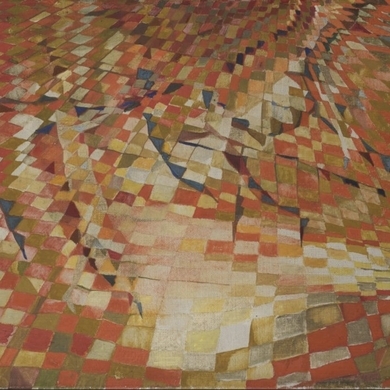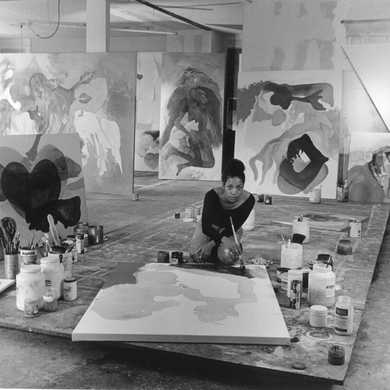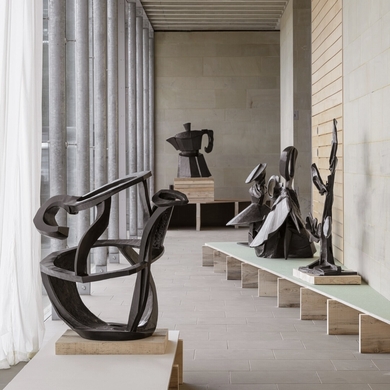“I think I will be able to, in the end, rise above the clouds and climb the stairs to Heaven,” Yayoi Kusama has said, “and I will look down on my beautiful life.” Born in Japan in 1929, Kusama moved to New York in 1958 to be an artist, soon became an important member of the 60s art scene, and yet struggled to survive. Having been raised by an abusive mother and a philandering father didn’t help. When Kusama returned to Japan in the early 1970s, depression over her lack of success, compounded by the death of Joseph Cornell—with whom she had a passionate but platonic relationship—sent her into a spiral. She checked herself into a psychiatric hospital, where she willingly spent 41 years. “It made it possible for me to continue to make art every day,” she told The Guardian in 2018, “and this has saved my life.” Kusama channels her demons and visions into captivating environments that attract millions of visitors to museums and galleries. This retrospective examines seven decades of her career, including the early paintings and sculptures and her work in Europe. Also on display: a newly realized Infinity Mirror Room. —E.C.
Arts Intel Report
Yayoi Kusama: A Bouquet of Love I Saw in the Universe

When
Apr 23 – Aug 15, 2021
Where
Etc
“Kusama with Pumpkin,” 2010 © Yayoi Kusama. Courtesy of Ota Fine Arts, Tokyo/ Singapore/ Shanghai; Victoria Miro, London; David Zwirner, New York.



